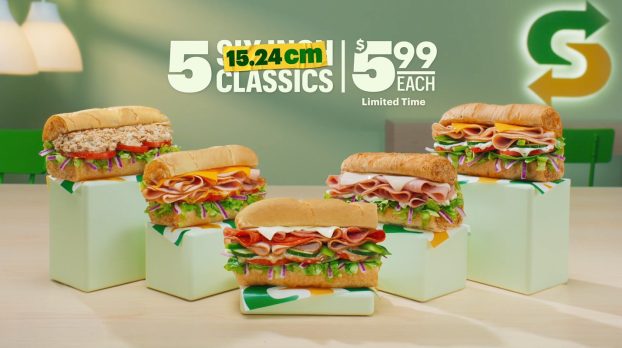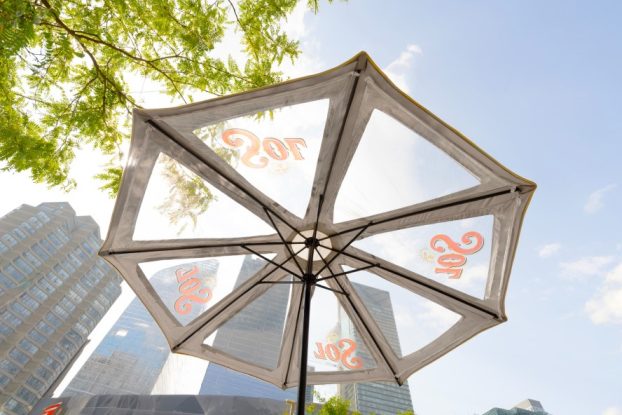It was difficult to not feel sad when BlackBerry recently announced it would make 4,500 layoffs and suffer a loss of nearly $1 billion (with its imminent sale on the horizon). After all, at one time it was a shining example of how a Canadian brand could take the world by storm. Now it serves as a warning: even the mightiest of brands can fall. If BlackBerry has taught us one thing, it’s the need to recognize the ways in which one needs to adapt – before it’s too late.
Our 2013 Brands of the Year are great examples of adaptability.
Take our most recognizable “big brand” selections, McDonald’s and Samsung. When you’re massively successful, why overhaul your brand image?
In McDonald’s case, it enjoyed sales success but the company’s reputation left something to be desired (to put it mildly). It had a story to tell about using real ingredients that it wasn’t getting out. A Canadian-born initiative to answer consumers’ questions was a huge undertaking, not to mention a massive risk, but it proved that often brands must take great risk to reap great reward.
Samsung, meanwhile, didn’t exactly suffer in sales, but wasn’t a name that was top of mind, for, well, anyone. Its items were purchased based on product features and price, rarely because of any “cool factor.” And to compete with Apple, the king of “cool factor,” it knew it had to win share of hearts and minds. So Samsung hired a marketing head and went to work building a reputation. Now, while companies like BlackBerry are becoming sinking ships, Samsung is thriving.
Iögo is a great example of adapting and thriving in the face of looming failure. The yogurt brand was created from scratch to save Ultima Foods when it lost its mainstay Yoplait brand. Instead of packing it in, the folks at Ultima created a household name in just 18 months, thereby saving the company.
Meanwhile, our media Brand of the Year, Drew and Jonathan Scott (the Property Brothers), clearly know that in order to stay relevant in the fickle world of celebrity, constantly adapting is key. Talk about a slow build – these guys have been building their brand since age seven (see p. 29). With two successful spinoff shows, a radio show, an upcoming product line and a book deal, move over Martha Stewart, there’s a set of Canadian twins in town.
And we can’t help but be reminded of Lululemon’s Brand of the Year story from last year when it comes to our cover subject, DavidsTea. The brand has built a (deeply) loyal following thanks to grassroots community initiatives, social media savvy, knowledgeable staff and smart store design. It’s easier to adapt when changes can be made at a more granular level, and when you’ve built a brand based on responding to your customers’ wants and needs.
For more on the importance of adaptability, see Tony Chapman’s column.
Is it idealistic to believe that every brand, no matter how dire the circumstances, can be saved? Perhaps. But remember that Apple was once on life support itself, and if a yogurt brand can rise out of the ashes from virtually nothing, can’t anything?
We’re holding out hope for you, BlackBerry.
























